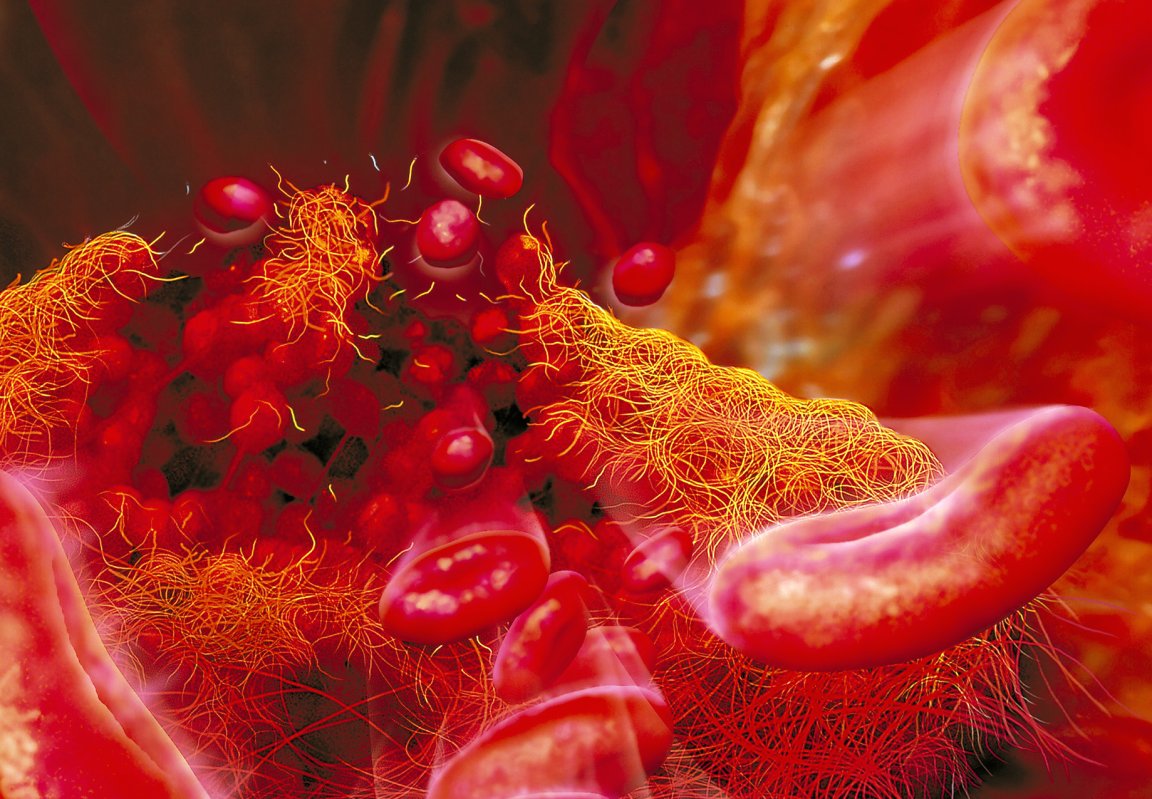
Ending Infertility
A new 3D printed prosthetic could be a huge boon to infertility treatment. Researchers from Northwestern University have created an artificial, 3D printed ovary which, when implanted, allowed previously infertile mice to give birth to healthy offspring.
The bioprosthesis is constructed by 3D printing a scaffold using specially formulated gelatin layered on a glass slide. Holes were then cut into the scaffold to accommodate the hormone-secreting cells or follicles. Within a week, the prosthesis had connected with the mice’s circulatory system which allowed the synthetic organ to release eggs as if it were a natural organ.

The mice implanted with the synthetic ovaries were allowed to mate, and three out of the seven ended up giving birth to healthy mice pups, according to a study the researchers recently published in Nature Communications. Another metric that shows the success of the transplant is that the mothers lactated normally, signaling that the implanted follicles were producing appropriate levels of hormones.
Cancer Survivors
This development is cause for great hope in the field of infertility. Still, there is a long road ahead before this treatment will be available for human infertility. Not only are human ovaries larger and more complex than those in mice, but getting adequate blood supply to the implanted organ would also be more difficult. Much more testing and development must occur before trials can begin in humans.
Even so, the researchers are focused on a specific goal with this treatment. Teresa Woodruff, an author of the study, told The Guardian, “The goal of the project is to be able to restore fertility and endocrine health to young cancer patients who have been sterilized by their cancer treatment.” Implanting the 3D printed organ in these patients can allow them to undergo puberty like other children and develop regularly operating reproductive systems. Additionally, the implant could improve some patients’ heart and bone health.
As for next steps, the researchers are planning to move from mice to mini-pigs. These animals could help narrow the gap between pre-clinical and clinical research, as the humans’ menstrual cycles are closer to pigs’ than those of mice. The capabilities of 3D printing are ever expanding and are quickly revolutionizing what’s possible for us to achieve.